The contemporary conjugate heat transfer model was developed after computers came into wide use in order to substitute the empirical relation of proportionality of heat flux to temperature difference with heat transfer coefficient which was the only tool in theoretical heat convection since the times of Newton. This model based on strictly mathematical stated problem describes the heat transfer between body and flowing over or inside it as a result of interaction of two objects. The physical processes and solutions of governing equations are considered separately for each object in two subdomains. Following conjugation of such obtained results gives the distributions of temperature and heat flux along the body/flow interface, and there is no need in the heat transfer coefficient.
Conjugate Heat Transfer – SOLIDWORKS Flow Simulation Analysis
For many simulations of real world engineering applications, the predictions of heat transfer properties are as important, if not more important, than the actual flow field. Such scenarios include simulations of heat exchangers, HVAC (Heating, Ventilation and Air Conditioning), combustion/burners, electronics cooling, and many more. In these applications, we are often interested in how heat moves through both the fluid and solid domains, and importantly the transfer of heat across the interface between adjacent domains.
These days we have advancements in Automobile sector, one of the more significant obstacles to automotive start-stop systems is how to keep the car comfy with the engine off. Saving fuel is great, but not on comfort cost.
Phase Change Material (PCM) Evaporator that it said will keep start/stop vehicle cabins cooler longer and also extend the electric range of hybrid/electric vehicles.
PCM Evaporator is less complex and less expensive than an electric air conditioning compressor, but also more efficient Paraffin-based phase change material during normal operation, thermal energy is removed from the material, which solidifies or freezes. When the air conditioning system is stopped, the material gradually liquefies or melts, drawing heat from the air to keep passengers comfortable. The system can typically maintain target air temperature for one to two minutes – long enough to keep occupants comfy during the “stop” portions of start/stop driving.
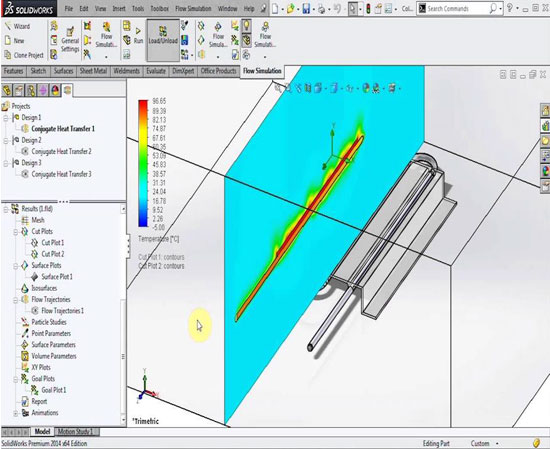
Conjugate Heat Transfer (CHT) is applicable whenever there are two adjacent domains and we wish to analyse the heat transfer between these domains. These domains can either be solid or fluid domains. One example is the forced or natural convective cooling of a heat-sink attached to active electronics components which generate heat.
SolidWorks Flow Simulation is a leader in solving all three modes of heat transfer: convection, conduction and radiation. Deciding which physics to include is critical to setting up an efficient CFD model. For instance, radiation provides a computational overhead but it is a very important heat transfer mode for bodies with high temperatures which radiate to cooler adjacent bodies or to a lower ambient temperature as per Stephan law (Heat Transfer Proportional to T4 ).
By,
Sreenivasulu Guntimadugu
Application Engineer


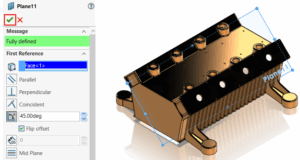

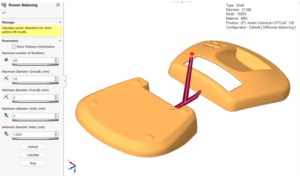
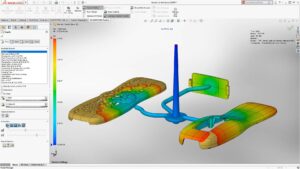

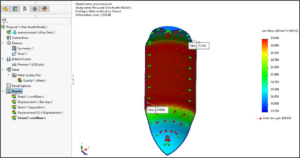
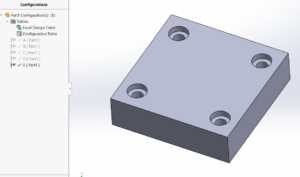
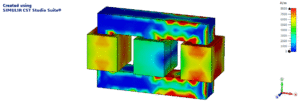
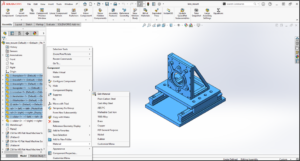
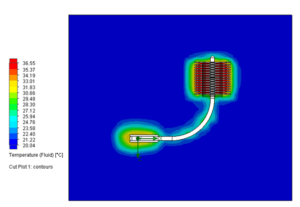



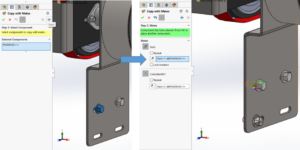
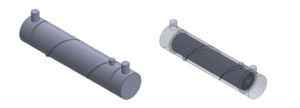
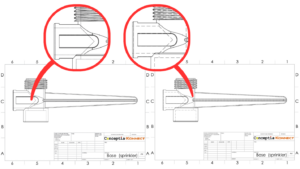

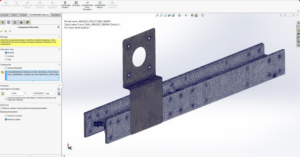
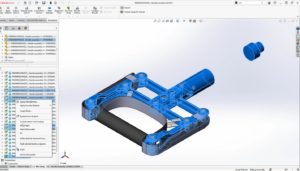
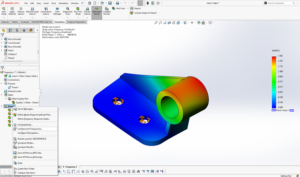

ooooooooooo/…….
Leave a comment